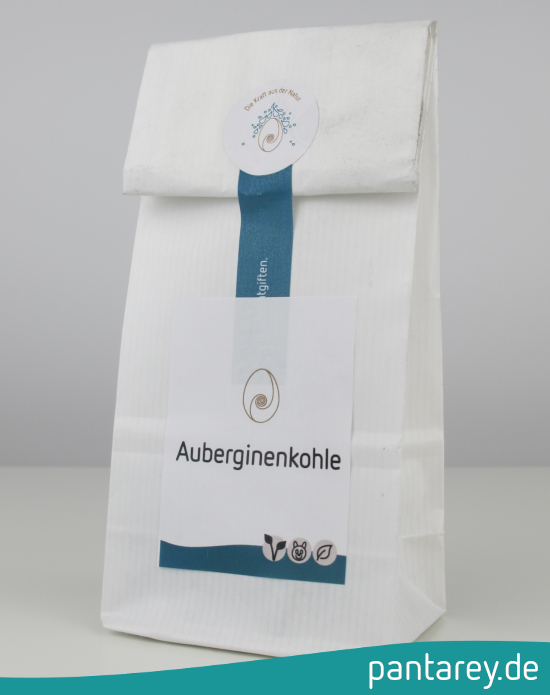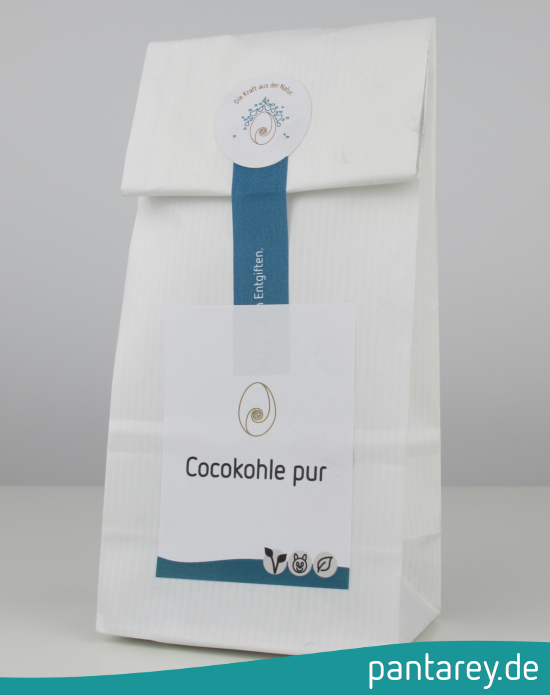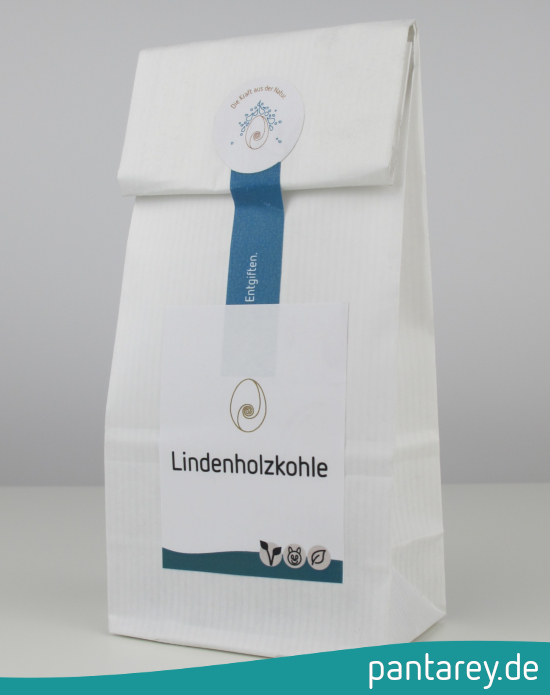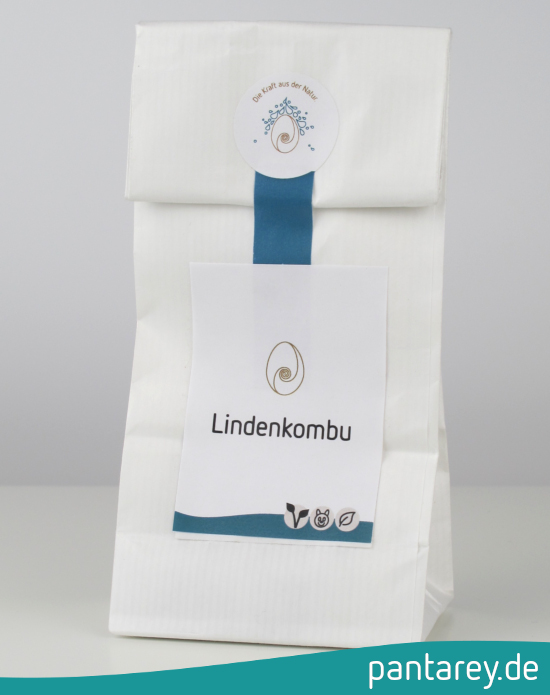
Seit der Mensch das Feuer für sich nutzbar gemacht hat, hat er neben vielen anderen bahnbrechenden Errungenschaften die Vorteile der Kohle entdeckt. Kohle ist wohl das älteste Würzmittel der Menschheit. Die Verwendung von Kohle als Bestandteil der Nahrung bedeutete für den Menschen in der Vergangenheit eine Revolution für den Stoffwechsel. Die Zufuhr von Mineralien stärkte den Stoffwechsel und führte zu einer verbesserten Hirnaktivität. Die reinigende Wirkung der Kohle machte den Verzehr von gekochten oder gegarten Nahrungsmitteln bekömmlicher, da durch die Hitzedenaturierung gerade bei Eiweißen eine „Verdauung” beim Kochen vorweggenommen wurde.
Durch Erwärmen bilden sich aber Trans-Proteine, Trans-Kohlenhydrate (AGEs) und Trans-Fette, die den Körper mehr belasten. Kohle half, diese Schadstoffe, die sich durch das Erwärmen der Nahrung mittels Feuer gebildet hatten, schonend zu binden und leichter auszuscheiden. Der Anstieg des Kohlenhydratanteils versorgte zwar den einzelnen mit mehr Kalorien, führte aber im Gegenzug zu einseitiger Ernährung und Mangel an Zusatzstoffen aus der Nahrung. Zusätzlich zerstörte der Rückstand des Mahlsteins als Sand im Mehl die Zähne mit all seinen Folgen für die Gesundheit des Einzelnen. Die heutige Ernährung hat diesen Prozess noch verstärkt. Bei wachsenden Belastungen durch Nahrungs- und Umwelteinflüsse wäre es logisch gewesen, die Dosis der täglichen Kohle zu erhöhen, um die stetig wachsenden Toxinbelastungen zu minimieren. Leider ist die Kohle im Gegenteil aus unserer „modernen“ Ernährung nahezu gänzlich verschwunden.
Kohle wird heutzutage in der Industrie zur Reinigung von Wasser und Luft verwendet. In manchen traditionellen Heilmethoden wird sie bei Erkrankungen des Darms angewandt. Auch in der Notfallmedizin werden hohe Dosen an Kohle, zum Beispiel bei Vergiftungen, eingesetzt. Der tägliche sinnvolle Gebrauch von Kohle für den Einzelnen ist allerdings verschwunden.




